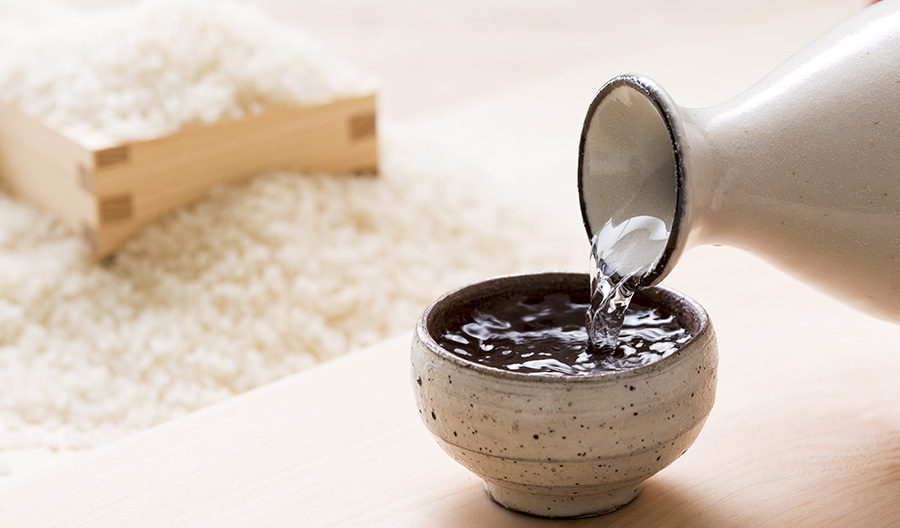Saké, the ancient Japanese rice wine, has been captivating palates for centuries. In recent times, however, the world of saké has experienced a wave of innovation and modernization, ushering in exciting changes. Let's explore the latest trends and advancements that are redefining the saké landscape.
1. Craft Saké Renaissance
Microbreweries and Artisanal Producers: Just as in the craft beer movement, saké is witnessing a surge in small, independent microbreweries and artisanal producers. These craft sakés often showcase unique flavors, experimental techniques, and a personal touch that sets them apart.
Regional Expressions: Craft saké producers are embracing regional diversity, focusing on specific rice varieties and local terroirs. This trend highlights the rich tapestry of flavors that can emerge from different regions in Japan.
2. Saké and Food Pairing Experiences
Elevating the Dining Experience: There's a growing emphasis on positioning saké as a versatile beverage that complements a wide range of cuisines. Restaurants and saké bars are offering curated pairings that showcase saké's ability to enhance and elevate the dining experience.
Saké Pairing Menus: Some establishments are introducing saké pairing menus, akin to wine pairings, where different styles of saké are expertly matched with various dishes to create harmonious flavor combinations.

3. Premiumization and Prestige Sakés
Prestige Cuvées: Saké producers are crafting prestige cuvées, analogous to the world of fine wines. These exceptional sakés often undergo extended aging, resulting in complex and nuanced flavor profiles that rival the finest wines and spirits.
Limited Edition Releases: Limited edition and seasonal sakés are becoming highly sought after. These releases often showcase the skills of master brewers and highlight the uniqueness of a particular harvest or production run.
4. Saké Cocktails and Mixology
Saké in Mixology: Saké is finding its place in the craft cocktail scene, featuring in innovative and refreshing mixed drinks. From Saketinis to Saké Mojitos, mixologists are experimenting with saké to create exciting and diverse libations.
Cocktail Collaborations: Collaborations between saké producers and mixologists are on the rise, resulting in unique bottled saké cocktails and pre-mixed beverages that offer convenience without compromising on quality.
5. Saké Infusions and Flavored Varieties
Fruit Infusions: Saké producers are experimenting with infusions of fruits like yuzu, lychee, and passion fruit. These flavored sakés add a modern and refreshing twist to traditional offerings.
Herbal and Botanical Blends: Some saké producers are incorporating herbs and botanicals into their brews, creating sakés with aromatic and herbal notes that appeal to a broader audience.
6. Sustainable and Organic Saké
Embracing Sustainability: As with other beverages, there's a growing movement towards sustainable and organic saké production. Some producers are adopting eco-friendly practices in both the cultivation of rice and the brewing process.
Eco-Friendly Packaging: Saké makers are exploring environmentally friendly packaging options, including recyclable materials and lighter glass bottles, to reduce their ecological footprint.
7. Global Saké Appreciation
International Recognition: Saké is gaining increased recognition and appreciation on the global stage. International competitions and awards are showcasing the diversity and quality of saké, helping it transcend cultural boundaries.
Saké Tourism: The concept of saké tourism is gaining popularity, with enthusiasts traveling to Japan to visit saké breweries, participate in tastings, and gain firsthand insights into the art of saké production.
As saké continues to evolve, these trends signify a dynamic and exciting era for this traditional Japanese rice wine. From the rise of craft saké to innovative cocktails and a global appreciation for the drink, saké enthusiasts can look forward to a diverse and vibrant future.

